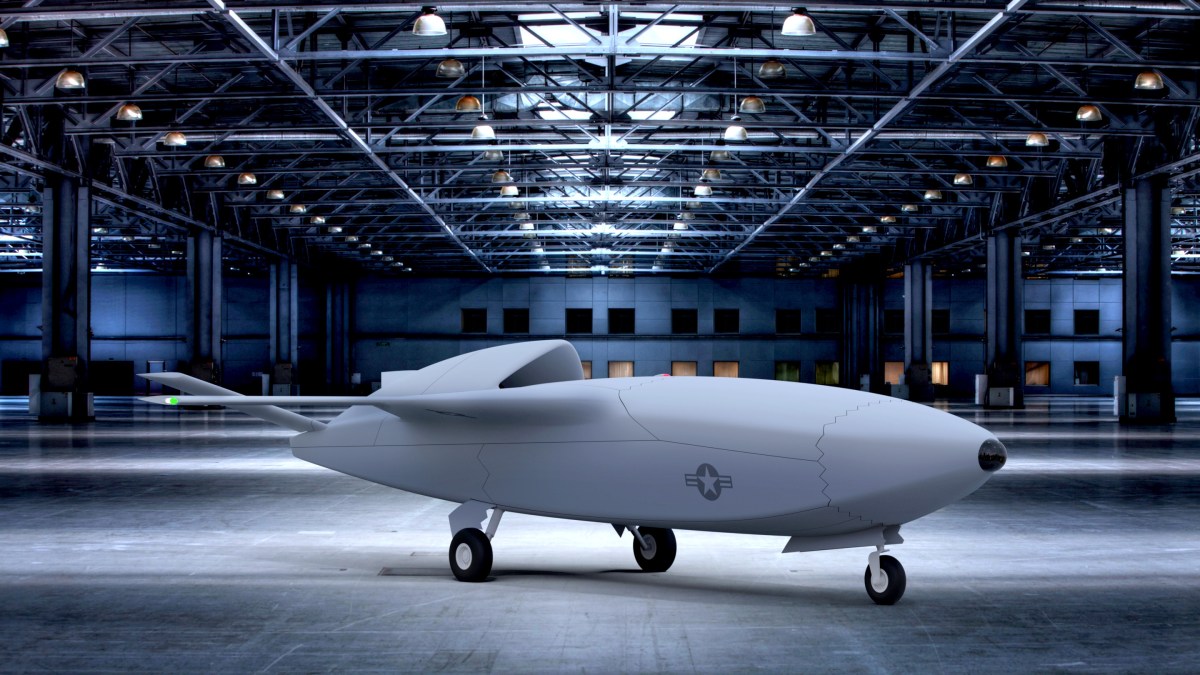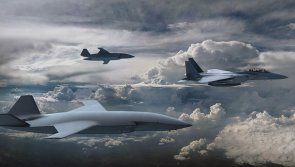White House’s fiscal 2024 budget aims to accelerate combat drone development and procurement

President Biden’s fiscal 2024 budget request aims to hasten the U.S. military’s acquisition of advanced combat drones as part of a broader push to modernize the force and pursue cutting-edge technology, according to documents released Thursday.
The White House proposes increasing the Defense Department’s total discretionary budget authority to $842 billion, a 3.2% boost from the 2023 enacted level.
The move comes as the military services are looking to augment their existing fleet of remotely piloted unmanned aerial systems with more advanced platforms that have greater autonomy and can be teamed with manned systems, among other roles.
To help build “the Air Forces needed for the 21st century,” the 2024 budget proposal “funds the procurement of a mix of highly capable crewed aircraft while continuing to modernize fielded fighter, bomber, mobility, and training aircraft. The Budget also accelerates the development and procurement of uncrewed combat aircraft and the relevant autonomy to augment crewed aircraft. Investing in this mix of aircraft provides an opportunity to increase the resiliency and flexibility of the fleet to meet future threats, while reducing operating costs,” according to documents released by the White House on Thursday.
Earlier this week at the AFA Warfare Symposium, Secretary of the Air Force Frank Kendall said his service is planning for 1,000 drones known as “collaborative combat aircraft” (CCAs) that could serve as robotic wingmen for manned fighter jets or perform other tasks.
He confirmed that his team “will be requesting the resources needed to move these programs forward, along with associated risk-reduction activities that will allow us to explore operational organizational and support concepts as well as reduce technical risk.”
At a media roundtable, he told DefenseScoop that the Air Force is “going to move as fast as possible” to develop and unleash the systems.
Air Force acquisition executive Andrew Hunter told reporters: “We have been looking at an acquisition strategy and fielding in increments, and as the secretary said, the initial increment being one that we think is very much within grasp, not trying to shoot too far. So that suggests, you know, by the end of the decade we intend to start fielding them.”
Meanwhile, earlier this week a spokesperson for the Defense Advanced Research Projects Agency told DefenseScoop that DARPA’s LongShot air-launched combat drone program is approaching key milestones, with a critical design review and an award of a phase 3 contract expected in the next few months.
The fiscal 2024 budget documents released on Thursday note that the DOD has been making investments in new applications of emerging tech including artificial intelligence, quantum science and biotechnology, while also boosting resilience in the cyber and space domains.
These investments have the potential to “revolutionize” how U.S. forces operate and give them an edge over advanced adversaries such as China and Russia, the documents say.
They also note the need to partner with the broader innovation ecosystem across the defense industrial base, private sector and academia as the Pentagon pursues cutting-edge capabilities.
The White House budget documents do not provide a detailed breakdown of how much of the $842 billion in proposed defense spending would go toward research, development, test and evaluation — which funds future capabilities that are in the works — or procurement. Nor do they say how much money each of the services and other DOD components would receive or provide details about five-year funding plans for the Future Years Defense Program (FYDP). Much of that information is expected to be released next week.






